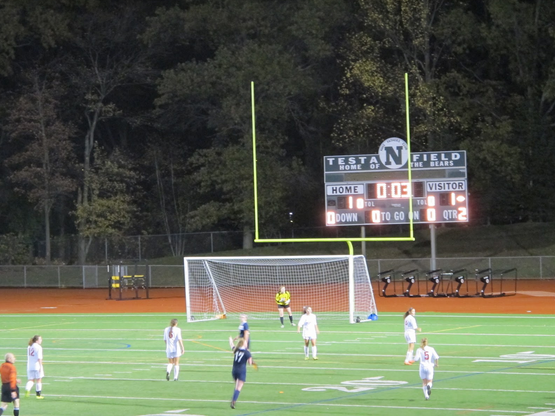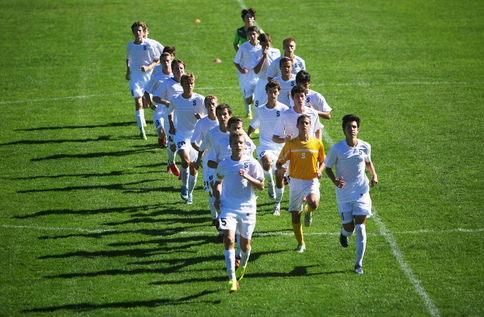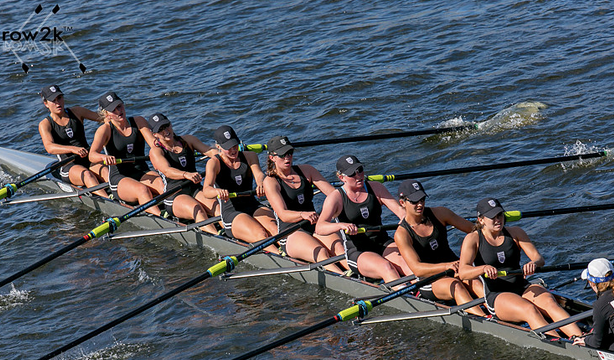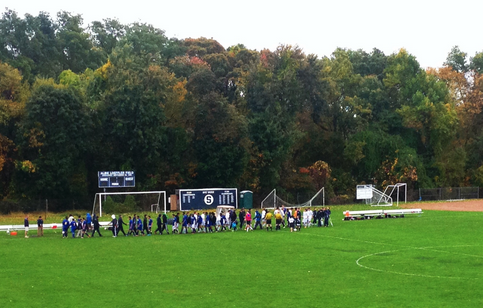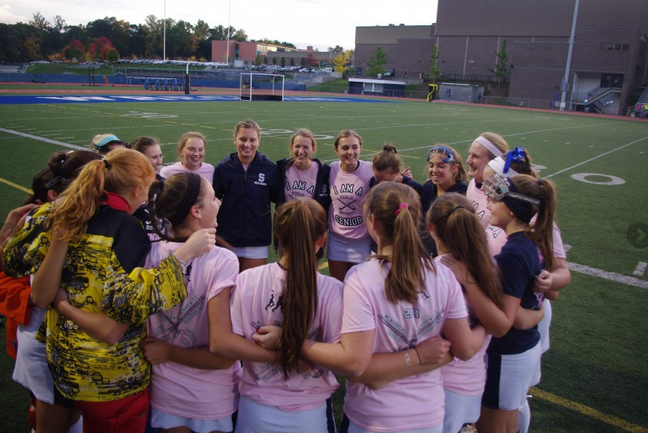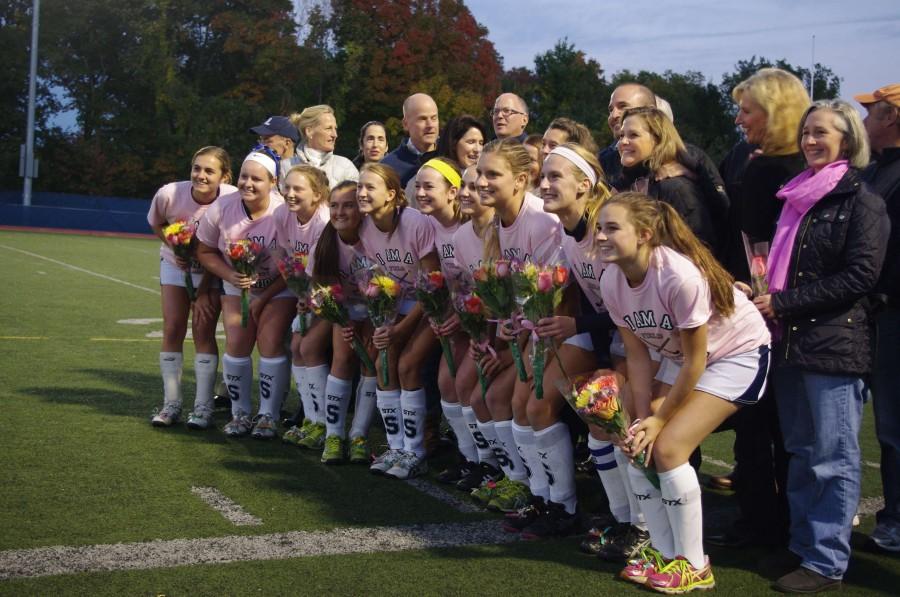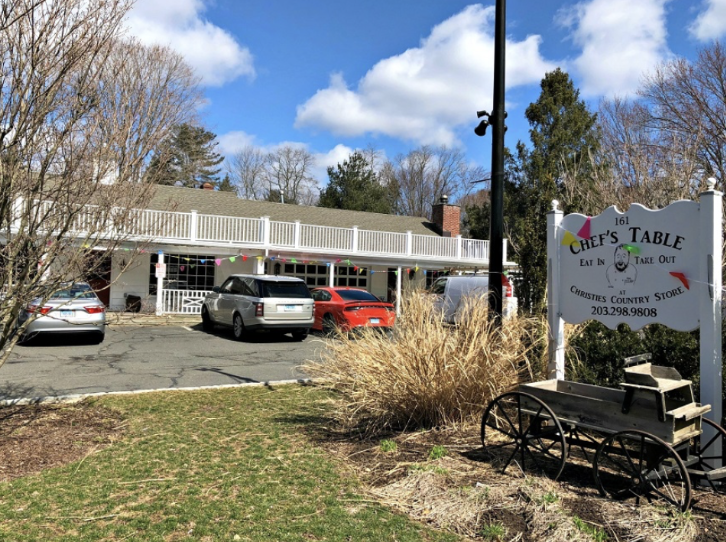The biggest limiting factor in the success of high school sports teams is both constant and inevitable: the graduation of senior stars. However, this year’s Staples boys’ soccer squad has found itself without six members, a result of them departing not into the collegiate ranks, but to Academy soccer teams claiming to offer their players a better chance to develop.
“The U.S. Soccer Federation—the national governing body of soccer—has decided that the root to a World Cup championship comes from having high school kids play two more months each season,” said Staples boys’ Head Coach Dan Woog.
This year, the Federation mandated that its 79 official Developmental Academy teams—club soccer teams nationwide that are not affiliated with any school—switch to a 10-month season, rendering it impossible for Academy players to play for their high school teams. The Academy and high school seasons have previously never overlapped in the 10 years that such academy teams have existed, and it was common for high school players to join the Academy ranks during the off-season.
“With so many teams, there are almost 3,000 kids playing Academy,” Woog said. “The national team only has 23 players, so for the one or two out of those 3,000 who have a legitimate shot at that, Academy is a good thing.”
For the thousands of others, Woog believes they are being denied the unique experience that high school soccer provides. Woog has seen talented players leave before in search of better soccer opportunities, only to return to Staples later on.
As Woog noted, in 1998, former Staples standout Kyle Martino ’99 attended the IMG Sports Academy in Florida for his junior year of high school. Martino later returned for his senior year at Staples—and was named Gatorade National High School Player of the Year. Now a broadcaster for NBC Sports, Martino spoke of his decision while commentating during the MLS Soccer Draft in Kansas City several months ago.
“All the people on the hill cheering me on, I loved the camaraderie [at Staples],” he said.
The sudden change left many players with a decision to make. For co-captain James Hickok ’13, who has also been playing with the South Central Premier academy in New Haven for the past five years, the choice was Staples.
“I chose Staples because they supported and communicated with me throughout the whole process and have made me the goalkeeper I am today,” Hickok said. “My senior year at high school was just absolutely something I could not pass up, and I feel sorry for those who did.”
Deciding to do the opposite was former Wrecker star Lorenz Esposito ’13, who now plays for the FC Westchester Academy in New York.
“I left the Staples program because it wasn’t a true depiction of me as an athlete and I didn’t feel like I was getting any better,” Esposito said. “I made the choice to leave for Academy to increase my opportunities to play in college and to play at the highest level.”
Esposito added that while he hadn’t received a single email from a college coach during his time at Staples, he received five emails after just three games at his first Academy showcase tournament. Esposito has since committed to play at the University of Connecticut for his collegiate career.
Also leaving the Staples ranks for Academy was Dylan Hoy ’13. For Hoy, the decision also came down to getting the best opportunity to play in college.
“If I can improve enough to play at a good school, I will have four more years of the high school experience,” Hoy said.
Hoy went on to tell of how he recently took in a game at the University of Akron, one of the top soccer schools in the county. According to Hoy, there were over 1,000 fans at the game, and the team’s seated sections had already sold out for the rest of the season. Hoy hopes to be able to play in a similar atmosphere.
“Improvement and development are my concerns right now, and if that goes well then I’ll be able to feel the same experience on a college team,” Hoy said.
According to Lonny Unger, the President of Esposito’s F.C. Westchester Academy, the quality of play provided by Academy is the best way for young players to heighten the level of their game.
“Playing with and against the best players on a regular basis is a proven way of improving players to their greatest potential,” Unger said. “The Academy program does just that and with this extension of the Academy season, that player development is enhanced even more.”
Woog, however, maintains that high school soccer provides a unique experience that is the best way for young players to improve.
“Academy teams’ main criticism of the high school system is that there are too many games in too short a time,” Woog said. “I see that as the best way for young players to improve. Taking—or defending—a penalty kick in front of 3,000 people in the stands and with the FCIAC championship on the line, that’s the essence of the game.”
Hickok is looking forward to perhaps being in that situation this fall, even with the knowledge that some of his former teammates will likely be a part of the large crowd Woog mentioned as opposed to being on the field with him.
“I feel sorry for some of them when they are sitting in the stands watching, but that is the path they chose, so best of luck to them,” Hickok said.














































